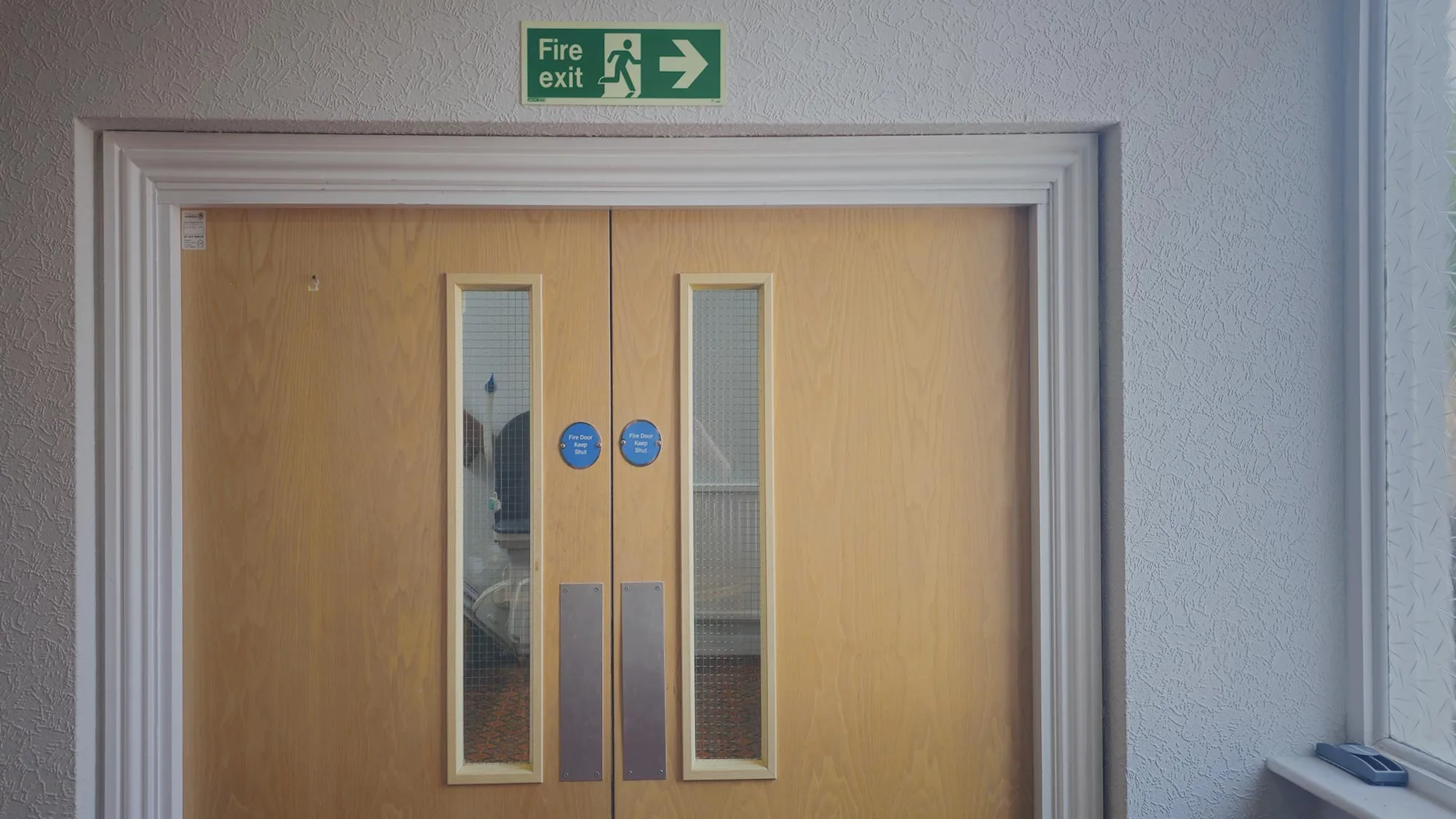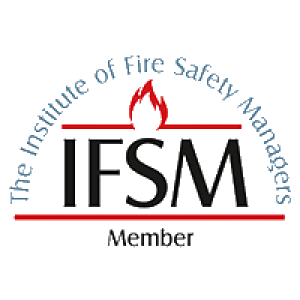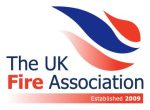The fire safety industry has received a significant update with the release of a new best practice guide for fire door manufacturers.
This document focuses on a crucial area of building safety: ensuring that fire doors and their hardware meet strict regulatory requirements and perform effectively in an emergency.
The Ironmongery Manufacturers’ Guidance Document has been developed collaboratively by the Guild of Architectural Ironmongers (GAI), the Door and Hardware Federation (DHF), and the Office for Product Safety and Standards (OPSS). Its purpose is to support manufacturers, distributors, and those branding ironmongery products in understanding their legal obligations and ensuring the safety and compliance of fire doors.
GAI described the document as a vital resource that provides the information needed to support safe product selection, correct installation, and ongoing maintenance. Fire doors are not simple products – their performance relies on the correct combination of components, including hinges, locks, closers, and other ironmongery hardware. Any incompatible or poorly specified part can compromise life safety in a real fire.
The guidance is aimed at fire door manufacturers and distributors who place products on the UK market. It also serves as a reference for specifiers, installers, and even consumers, particularly those working with timber fire-resistant door systems.
The document clearly outlines the essential product information that should accompany any ironmongery used on fire doors, such as product marking and identification, installation instructions, test evidence and certification, and maintenance recommendations.
By providing this information, manufacturers help building owners, contractors, and facilities managers make informed choices, reducing the risk of non-compliant installations and improving overall fire safety.
GAI’s Technical and Training Director, Douglas Masterson, highlighted that the new publication was carefully designed to help manufacturers meet both legal responsibilities and customer expectations:
“By setting out clear, practical recommendations on what product information should be provided – including marking, installation instructions, test evidence, and certification details – this document will help to improve product safety, regulatory compliance, and ultimately, life safety.”
The Door and Hardware Federation also encouraged widespread adoption of the guide. Michael Skelding, DHF General Manager and Secretary, emphasised that this industry collaboration strengthens the sector’s ability to deliver safe and compliant fire door solutions:
“It recognises the complexity of fire door assemblies and the critical role that well-specified, properly installed, and maintained hardware plays in ensuring fire and life safety.”
In the foreword to the document, Duncan Johnson, Deputy Director for Construction Products Regulation at OPSS, praised the collaborative approach between the government and industry bodies. He stressed that while businesses must comply with all applicable regulations, industry-led initiatives such as this make compliance practical and achievable.
This new guidance is expected to become a go-to reference for manufacturers and suppliers working in the fire door market. By following its recommendations, companies can reduce the risk of product failure, strengthen regulatory compliance, and improve safety outcomes in the built environment.
Fire doors play a critical role in life safety, containing fire and smoke to allow building occupants to evacuate safely and limit property damage.
However, even the most robust fire door is only as effective as its components and installation.
Improperly specified, fitted, or maintained hardware can compromise fire resistance, which is why manufacturers, distributors, and installers all share responsibility for ensuring compliance.
This guidance provides a clear roadmap to achieving that standard.
Businesses involved in the manufacture, distribution, or specification of fire doors and ironmongery are encouraged to review the full document and implement its best practices. Doing so will not only improve safety and regulatory compliance but also demonstrate a commitment to raising industry standards.
For more details and to access the Ironmongery Manufacturers’ Guidance Document.











